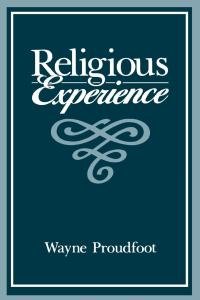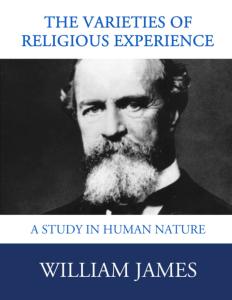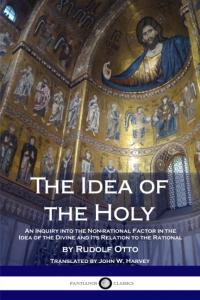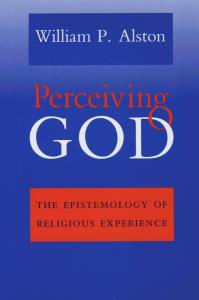Enlightenment Explored:
A Critical Review of Rational Mysticism by John Horgan
Spirituality and science are often seen as two separate and conflicting realms of knowledge. While spirituality is focused on exploring the inner self and searching for enlightenment, science is concerned with understanding the external world through empirical evidence. However, in his book Rational Mysticism: Spirituality Meets Science in the Search for Enlightenment, author John Horgan challenges this dichotomy and delves into the possibility of a harmonious relationship between the two.
John Horgan is a science journalist and author known for his works on the intersection of science and philosophy. In Rational Mysticism, Horgan draws upon his own personal experiences and interviews with notable figures in the fields of science and spirituality to present a thought-provoking and well-researched exploration of the subject matter.
Horgan introduces the concept of mysticism and its various interpretations. He discusses the history of mysticism and its evolution in different cultures and religions. He delves into the scientific perspective on mysticism, exploring the research and theories of prominent scientists on the topic. Finally, he presents his analysis and conclusions, offering a unique perspective on the potential convergence of spirituality and science.
One of the main themes of Rational Mysticism is the idea that spirituality and science are not as contradictory as they may seem. Horgan argues that both are valid methods of exploring the world and can complement each other in the search for enlightenment. He supports this claim by presenting evidence from various fields such as neuroscience, psychology, and physics. For instance, he discusses the concept of neuroplasticity, which suggests that the brain can be rewired through meditation and other spiritual practices. This finding aligns with the spiritual belief of inner transformation.
Another key insight of the book is the concept of "rational mysticism," which Horgan defines as a scientific approach to the pursuit of mystical experiences. He argues that instead of blindly following spiritual beliefs, one should approach them with a critical and rational mindset, similar to how scientists approach their research. This approach can help separate genuine mystical experiences from pseudo-spiritual claims.
Moreover, Rational Mysticism also delves into the potential benefits of incorporating spiritual practices in modern society. Horgan suggests that in today's fast-paced and materialistic world, there is a need for more introspection and inner peace, which can be achieved through spirituality. He also discusses the potential of spiritual practices in addressing mental health issues and promoting overall well-being.
In conclusion, Rational Mysticism is a thought-provoking and well-written book that challenges the conventional notions of spirituality and science. Horgan's extensive research and personal insights offer a compelling argument for converging these two seemingly opposite realms. The book offers a new perspective on the age-old quest for enlightenment and a practical approach to incorporating spirituality into our modern lives. Whether you are a skeptic or a seeker, Rational Mysticism is a must-read for anyone interested in the intersection of science and spirituality.






